Do you want to take photos with more heart and soul? Black and white film photography strips away color to show what truly matters. Many photographers struggle to make their work stand out in today’s world of bright, flashy images.
This guide will show you how black and white film can solve this problem. You’ll learn how focused light, strong shapes, and rich textures can tell deeper stories than color ever could.
In the coming sections, you’ll find the history of this art form, tips from masters like Ansel Adams and Dorothea Lange, and steps to start your own black and white journey. We’ll cover everything from film choices to light tricks that turn simple scenes into striking images.
Get ready to see the world in a whole new way through the power of black and white.
What is Black and White Film Photography?
Black and white film photography captures images using special film that shows only shades of gray. The photos range from deep black to bright white, with many shades of gray in between.
Without color, both photographers and viewers are more aware of shapes, light, and textures. The simple, gray look often evokes strong emotions and reveals details that might be missed in color photos. Many artists and news photographers appreciate this style because it makes their work stand out clearly.
The History and Evolution of Black and White Film Photography
Early Pioneers and Innovations
Photography began in the 1800s when Joseph Nicéphore Niépce made the first photo. He used a camera with a metal plate that required many hours of exposure to light. Louis Daguerre soon improved upon this with his method, which required less time.
These first photos showed the world in shades of gray. The first cameras were large and cumbersome to use, but people still loved the magic of capturing a moment in time.
Technological Advancements in Film Processing
Over time, film technology improved and became faster. In the early days, each photo required significant manual work. Later, new film types emerged that were clearer and showed finer details the way prints were made changed too.
Initially, each print was created individually with meticulous care. Then, machines were developed that could produce many prints quickly. This helped more people try black and white photos for fun. The tools became simpler to use, and the results got more true to life. Each step forward helped photographers catch what they saw with less fuss and more skill.
Examples of Black and White Film Photography
Ansel Adams created photos of grand outdoor scenes. His work shows deep blacks and clear whites. He took most of his photos in parks and wild places. His careful way of taking pictures made each tree and rock look sharp and clear.
Dorothea Lange took photos that told true stories. She showed people during hard times in the 1930s. Her most well-known photo shows a worried mother with her kids. The plain gray tones in her photos help us feel what life was like back then.
Henri Cartier-Bresson captured fleeting moments of city life. He would wait for just the right time to press the button. His style caught real life as it happened. He didn’t set up his shots but found the best times to take them. His work is renowned for capturing fleeting moments that pass in a blink.
7 Essential Tips for Mastering Black and White Film Photography
Tip 1: Assume the Power of Contrast
One of the most compelling elements of black and white photography is the contrast between light and dark. Play with shadows and highlights to create striking compositions. High contrast images can have a dramatic impact, drawing attention to key subjects and enhancing the mood of the photograph.
Tip 2: Understand Lighting and Shadows
Lighting is critical in black and white photography. Without the benefit of color to differentiate elements, shadows become even more important. Look for interesting light sources and how they interact with your subject. Experiment with both natural and artificial lighting to create depth and dimension.
Tip 3: Choose the Right Film Stock
Different film stocks have different characteristics. Some films will produce sharper images with high contrast, while others may have a softer look. Popular options for black and white film photography include Ilford HP5 Plus, Kodak Tri-X, and Fuji Neopan. Each film stock offers a unique look, so try different types to find the one that suits your style.
Tip 4: Search Composition Techniques
In black and white photography, strong composition is vital. Without color to guide the eye, framing and perspective become even more essential. Experiment with leading lines, the rule of thirds, and negative space to create visually appealing photographs that are balanced and harmonious.
Tip 5: Focus on Texture and Detail
Without the distraction of color, texture, and detail take center stage in black and white photography. Pay attention to the surfaces and materials in your scene. Wood grain, fabric, skin textures, and even the interplay of light on rough surfaces can make for striking photographic subjects.
Tip 6: Pay Attention to Exposure
Exposure plays a crucial role in black and white photography. Underexposed images may lose detail in the shadows, while overexposure can cause highlights to burn out. Proper exposure will allow for a full range of gray tones in the final image, making sure both shadows and highlights are properly captured.
Tip 7: Develop Your Darkroom Skills
While digital tools can simulate the black-and-white process, there’s nothing quite like working with film in a darkroom. Learn the art of developing and printing your own black and white images for a more authentic experience. The process allows for greater control over the final result and can yield unique, handmade prints.
Choosing Between SLR and Rangefinder Cameras
What is an SLR Camera?
An SLR (Single-Lens Reflex) camera utilizes a mirror system. When you look through the viewfinder, you see exactly what the lens sees. The mirror flips up when you take a photo. This shows you the true framing, focus, and depth of your shot before you press the button. SLRs work well with a wide range of lenses and provide full control over your settings.
What is a Rangefinder Camera?
A rangefinder camera has a separate viewing system from the lens. You look through a window on the top corner of the camera. This window shows frame lines but not the exact view through the lens. To focus, line up two images until they align perfectly. Rangefinders are often smaller, quieter, and less prone to shake than SLRs. Many street photographers prefer them for quick, silent shots.
SLR vs. Rangefinder: Comparison for Black and White Photography
| Feature | SLR Camera | Rangefinder Camera |
|---|---|---|
| Focus Mechanism | Uses a mirror for precise focus | Uses a rangefinder for accurate focus |
| Size & Portability | Larger and heavier | Smaller and more portable |
| Exposure Control | Full manual control | Limited manual control |
| Viewfinder | Through-the-lens (TTL) viewfinder | Separate viewfinder, not TTL |
| Lens Flexibility | Wide range of interchangeable lenses | Limited lens options |
| Cost | Usually more expensive | Generally more affordable |
| Ease of Use | Great for beginners with full control | Simple but requires rangefinder skill |
| Battery Dependency | Requires a battery for metering and shutter | Some models need no battery at all |
| Precision in Focus | Less precise due to mirror misalignment | Extremely precise focus, especially close-up |
| Best For | Versatile, action shots, low-light | Street photography, portraits |
Popular Film Cameras for Black and White Photography
- Leica M6: A classic rangefinder known for its compact size and sharp lens.
- Canon AE-1: A versatile SLR camera, popular among film enthusiasts.
- Nikon F2: A professional-grade SLR known for its durability and precise manual controls.
- Pentax K1000: A beginner-friendly SLR with simple controls and excellent image quality.
- Contax G2: A high-quality rangefinder with autofocus and interchangeable lenses.
- Olympus OM-1: A compact, lightweight SLR with a classic design, ideal for street and portrait photography.
Final Thought
Black and white film photography offers a unique perspective on the world. By focusing on light, shadow, and form, you can tell stories that touch hearts. Many people think that color photos show more, but now you know that’s not always the case.
The lessons from Ansel Adams, Dorothea Lange, and other masters still apply today. Their work teaches us to identify the key elements of a scene. When you remove color, you discover what truly matters in a photo.
You don’t need fancy gear to start. Pick a simple camera, load some film, and pay attention to how light falls. Notice textures you might have missed before. Try different angles to present common things in new and interesting ways.
What will you capture in black and white? A quiet street? A friend’s face? Whatever you choose, you’ll join a long line of photographers who found beauty in shades of gray.
Please take what you’ve learned here and try it out. Share your photos with others. Ask them what they feel when they see your work. The most important step is to take the first one.

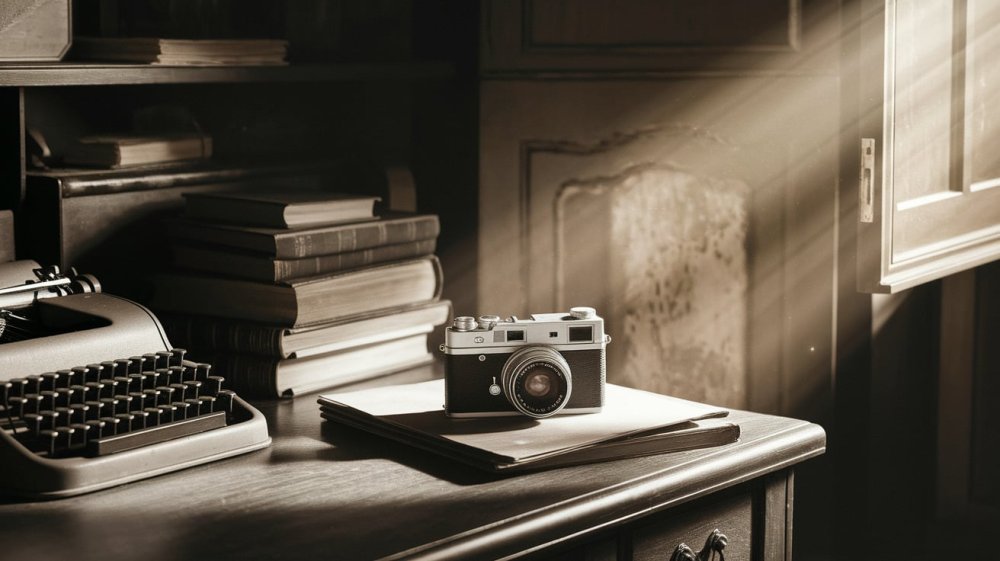
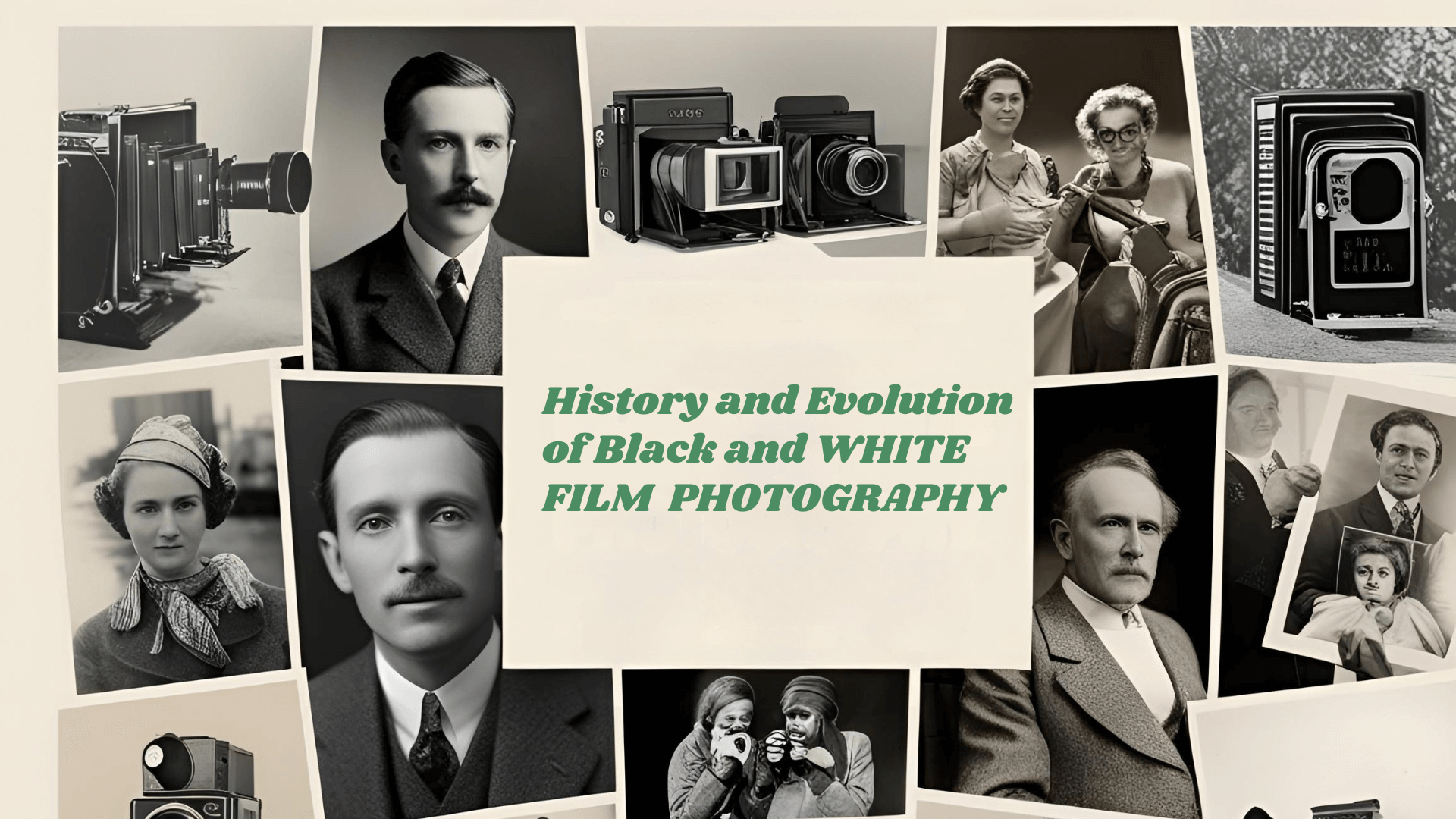
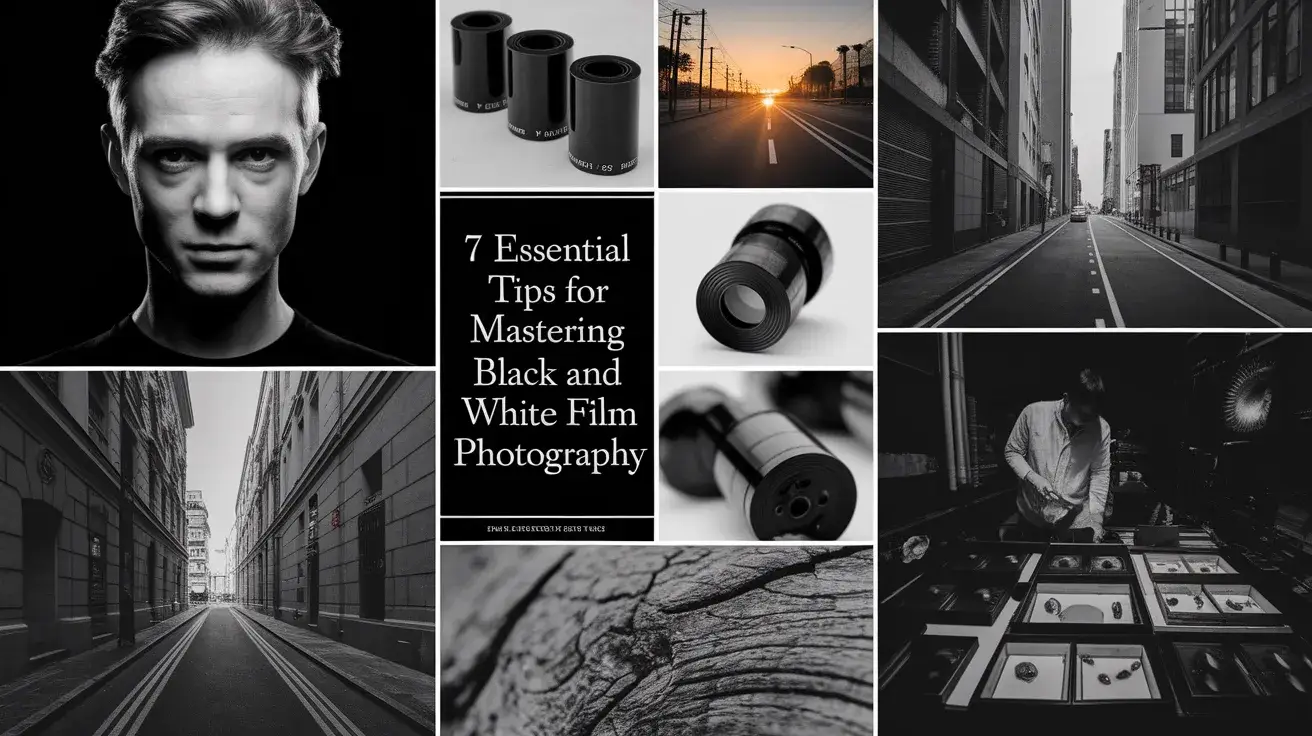
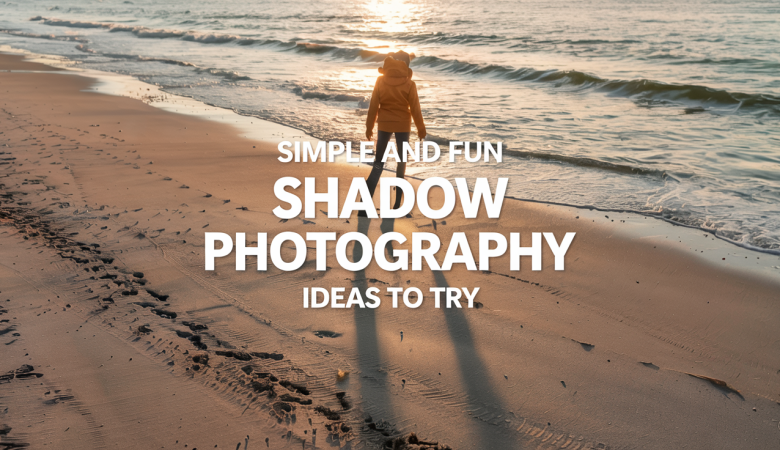
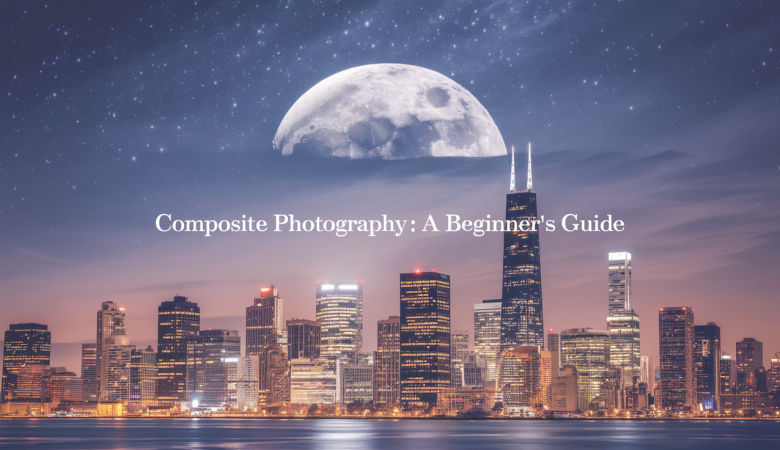

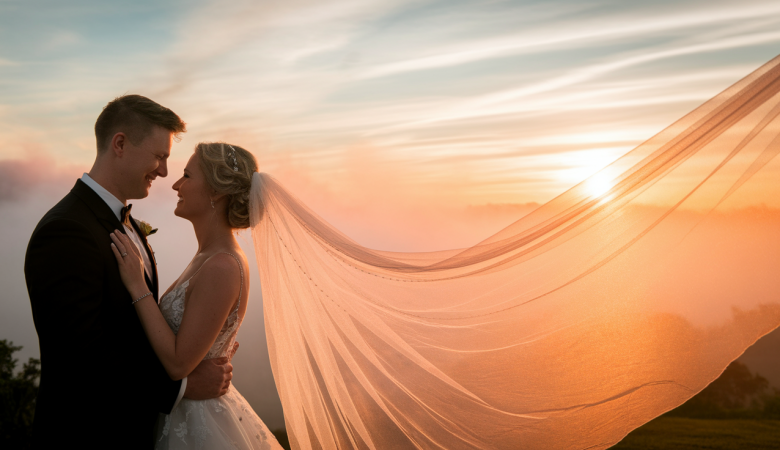
Leave a Reply